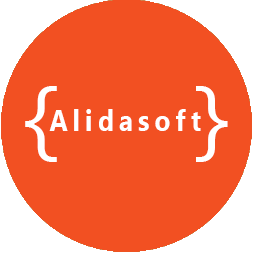Data Warehousing on AWS
A Comprehensive Guide to Data Warehousing on AWS
Introduction
In the era of big data, organizations need robust solutions to store, manage, and analyze vast amounts of information efficiently. AWS, with its suite of services, provides a powerful platform for data warehousing. This detailed guide is tailored for prospective AWS cloud computing students, offering a comprehensive exploration of data warehousing principles, best practices, and practical implementation within the AWS ecosystem.
Understanding Data Warehousing on AWS
Defining the Data Warehouse
A data warehouse is a centralized repository that allows you to consolidate, clean, and transform data from disparate sources for analytical reporting and business intelligence. AWS offers a range of services to facilitate this process seamlessly.
Amazon Redshift: The Powerhouse for Data Warehousing
Key Features and Benefits
Amazon Redshift is AWS’s fully managed data warehouse service. Let’s delve into its features and benefits:
- Columnar Storage: Efficiently store and query vast datasets with a columnar storage approach.
- Scalability: Scale your data warehouse up or down based on your evolving needs.
Designing Your Data Warehouse Architecture
Best Practices for Efficiency
When designing your data warehouse architecture on AWS, consider the following best practices:
- Distribution Styles: Choose an appropriate distribution style for your tables.
- Sort Keys: Optimize query performance by using sort keys effectively.
Data Migration Strategies
Seamless Transition of Your Data
AWS provides various methods for migrating your data to Amazon Redshift:
- AWS Database Migration Service (DMS): Migrate data from various sources to Redshift seamlessly.
- AWS Glue: Transform and move data between your data store and Amazon Redshift.
Integrating with AWS Analytics Services
Unleashing the Power of Analytics
Combine your data warehouse with AWS analytics services for comprehensive insights:
- Amazon Quicksight: Visualize and analyze data directly in Amazon Redshift.
- AWS Athena: Query data in Amazon S3 using SQL without the need for complex ETL jobs.
Managing and Monitoring Your Data Warehouse
Ensuring Optimal Performance
Efficiently manage and monitor your data warehouse on AWS:
- Amazon CloudWatch: Monitor Redshift clusters for performance and health.
- Automatic Workload Management (WLM): Manage and prioritize query workloads.
Cost Optimization Strategies
Maximizing Value, Minimizing Costs
AWS offers several strategies to optimize costs associated with data warehousing:
- Reserved Nodes: Commit to a one- or three-year term for significant cost savings.
- Concurrent Query Scaling: Automatically and elastically scale queries for improved performance.
Conclusion
Mastering data warehousing on AWS is a journey of understanding the tools and best practices that empower you to make data-driven decisions. From the powerhouse that is Amazon Redshift to seamless data migration and integration with analytics services, this guide has covered key aspects for aspiring data engineers and analysts.
Summary
- Amazon Redshift Features: Explore the capabilities of AWS’s fully managed data warehouse service.
- Designing Architecture: Best practices for optimizing your data warehouse architecture.
- Data Migration Strategies: Seamless migration of data to Amazon Redshift.
- Integration with Analytics Services: Unleashing the power of AWS analytics services.
- Managing and Monitoring: Ensuring optimal performance with CloudWatch and WLM.
- Cost Optimization: Maximizing value while minimizing costs.

